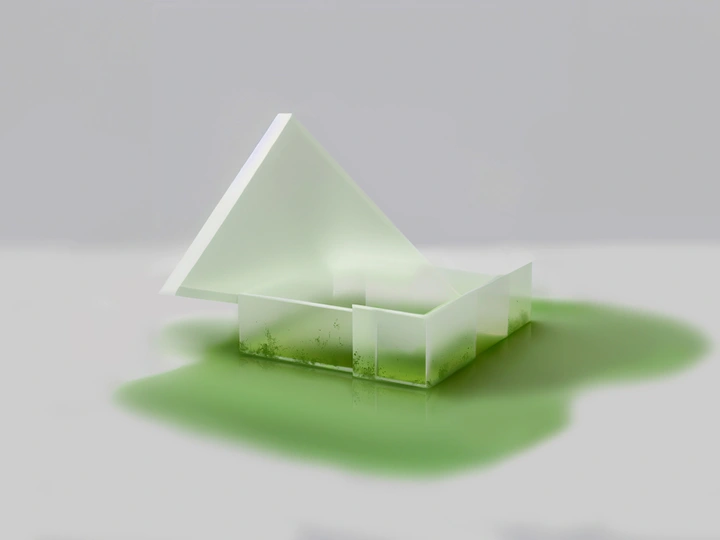Emergency Tale

A graduate of MFA Fine Arts at Goldsmiths, University of London, graphic design at the Academy of Fine Arts in Warsaw and philosophy and management at the University of Warsaw.
In the wild territories amidst the domains of politics, economics, and weather patterns, within the realm of uncertainty and the sphere of care, I traverse overgrown pathways and construct temporary edifices. I aim to weave a tapestry of new meanings, delve into points of penetration, and denote resistance and refuge. I am always searching for innovative forms of expression. I imbue traditional, as well as post-avant-garde and post-conceptual art conventions, with elements drawn from fields such as film, video games, marketing, statistics, and artificial intelligence. My works take the shape of visual essays grounded in thorough research and prose narratives. I craft storylines, structures, and methodologies, showcasing the interaction of individuals with the atmosphere and infrastructure, physical exertion, weariness, and care. I aspire to broaden the artistic perspective by illuminating the burning outskirts.
Researching disasters and predicting natural calamities will be crucial elements for the survival of future generations. The ruins of structures destroyed by catastrophes are not just empty skeletons of concrete and steel. They are traces of human history, tales of heroism and tragedy, of the power of nature and the fragility of civilization. Studying these sites allows us not only to understand the mechanisms of disasters but also to draw conclusions for the future, improve construction technologies, and warning systems.
Objects destroyed by nature, like sculptures carved by the elements, carry within them the story of the power of nature and the fragility of human creations. Their ruins become spaces for reflection. Architecture becomes not only a shelter but also a testament to human resilience and a symbol of hope for the future. Just as humans learn from mistakes and become stronger after traumatic experiences, so too can the destroyed environment become a catalyst for new ideas, skills, and survival strategies. By observing the destruction, analyzing the impact of natural elements on the environment, we can draw inspiration for adaptation and find new ways of living in a world transformed by disaster. We can imagine communities that use ruins as shelters or building materials, cultivate crops in destroyed areas, create warning systems based on the observation of nature, and develop new forms of communication and cooperation. Survival in such conditions becomes not only a fight for life but also an opportunity to discover new possibilities and create new values.
The "Emergency Tale" project consists of researching disaster sites and creating stories of survival and regeneration based on them, in the form of objects, graphics, and videos, forming a kind of visual essay.